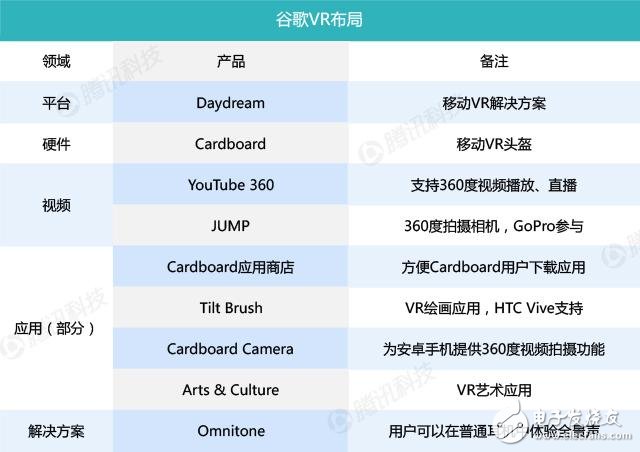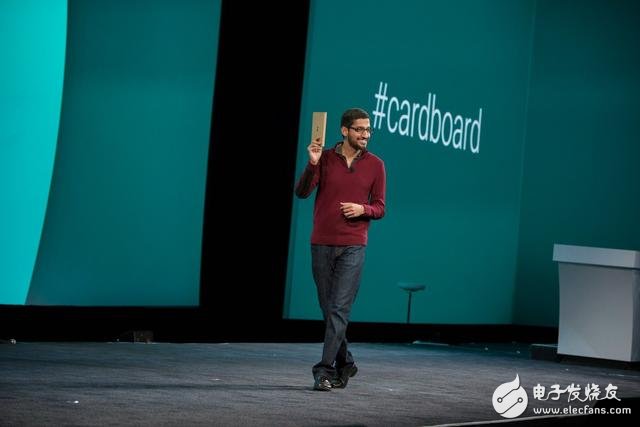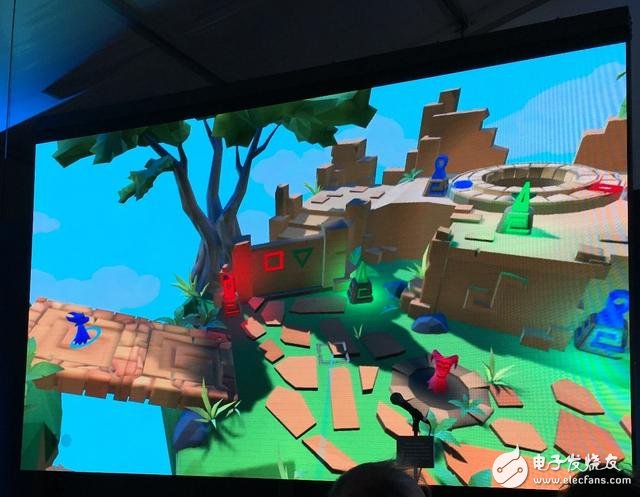At the GamesBeat 2016 in early August, Google Game Strategy Director Jamil Moledina said that Google will use the power of Daydream to aggressively attack the VR game space. This is after the release of the VR platform Daydream in May, Google executives once again made a high-profile voice, claiming to expand the territory in the VR field.
As the world's largest Internet company, Google's coverage of the business is all-encompassing, of course, will not miss VR - is predicted to be the "next computing platform" cutting-edge technology.

As can be seen from the above table, Google's layout in the VR field continues its genes in the Internet: ubiquitous, platform, hardware, applications, video... Wherever VR can be involved, Google has actions Here, follow the footsteps of the VR dimension to see how this Internet giant has changed the VR industry.
Carboard acts as an evangelist
At Google's 2014 I/O conference, the easy folding VR helmet Cardboard grabbed the limelight of other products. Cardboard is the "low fidelity" competitor of the Oculus Rift and needs to be used with a smartphone. In the next two years, Cardboard gave birth to a small industry of cheap VR helmets. For example, the New York Times launched a collaborative project with Google last year to provide 1 million Cardboard helmets to its subscribers.


Google’s previous Daydream game performance
Cardboard debut at the 2014 Google I/O Conference
Google's positioning of the Cardboard is clear: it is not a spoiler in the VR space, but it needs to play an ambassador role to promote the technology. Because of the low price, many consumers can get a chance to experience VR through Cardboard. It turns out that Cardboard has also fulfilled this mission.
In January of this year, Google VR department head Clay Bavel announced a Cardboard transcript, which is the only officially recognized number by Google:
1. The worldwide shipments of Cardboards have reached 5 million units;
2. The download of VR compatible apps on Google Play has exceeded 25 million times;
3. The user has watched nearly 350,000 hours of YouTube content in Cardboard's browsing mode. The Cardboard Camera app has taken 750,000 VR photos.
4. There are already 500,000 students who have experienced VR education through Cardboard.
As can be seen from these data, Cardboard has completed the task of the VR evangelist. But the shortcomings of Cardboard are also very obvious: the implementation of the product is too succinct, the quality of the experience depends entirely on the user's mobile phone performance, and can not provide enough experience comparable to professional-grade VR devices.
Therefore, Google gave the mission of “ruling VR†to other products.
Focusing on the development and production of Wireless Charging products that make life easier.
Supply various wireless charger including multifunctional Wireless Charger, Car Wireless Charger, Magnetic Wireless Chargin, Wireless Charging Mouse Pad, etc.
We help 200+ customers create custom wireless charging products design for various industries.
Manufacturing high quality products for customers according to international standards, such as CE ROHS FCC REACH UL SGS BQB etc.
Wireless Charging Pad,Wireless Phone Charger,Wireless Car Charger,Bluetooth Charger
TOPNOTCH INTERNATIONAL GROUP LIMITED , https://www.mic11.com